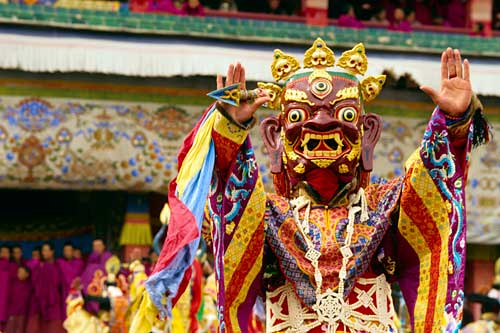You may have heard of Denis Belliveau, the American explorer who dared to follow in Marco Polo’s steps across Asia and Europe, or you may have met him during his international educational programs, but have you come to know who this 21st-century figure really is? In this article, you get to see what truly makes up the legacy of Denis Belliveau and how he came to be widely known around the US and the world.
Photography
At the age of 23, Denis Belliveau partnered with his parents to manage their photography studio. During this time, Denis had just graduated from the School of Visual Arts in Manhattan, New York. He grew his love for photography as he documented various weddings and events while travelling. Denis Belliveau would also join professional photography organisations in the US, like the Eastern Kodak Company and many others.When Denis decided to emulate his historical idol’s life by making the iconic journey to the East, he brought his love of photography with him. He would take images of stunning locations like the Taklamakan Desert and various cultures like the Tartars in Mongolia as he traversed Marco Polo’s path in the 13th century. After his return to the US, Belliveau published his images in his book, In the Footsteps of Marco Polo.Years later, Denis continued his career as the Director of Photography and Senior Cameraman for the national public television series, “Real Moms, Real Stories, Real Savvy,” a TV show owned by Disney. His photography career would take him to 60 countries.
Scuba Diving
Denis Belliveau is a technical scuba diver who has experienced more than 600 dives in his career. His greatest contribution was when he documented and photographed the coral reefs around the Mexican island of Cozumel. This island is located in the Caribbean Sea and is known as the third largest island in Mexico. With Denis Belliveau’s work, cartographers were able to successfully map the surrounding reefs and structures of the entire island and led to a better understanding of its geography.
Exploration
Perhaps the biggest reason Denis Belliveau rose to fame was his iconic travel to Asia retracing the exact steps of Marco Polo. Denis and his colleague Francis O’Donnell began their travels in 1991. They ventured to the Church of the Holy Sepulchre in Jerusalem to obtain the fabled oil that fuels the lamps in Jesus’ tomb, said to never extinguish. With public support and the media backing these two men, they moved across Israel with relative ease until they reached the borders of Iran, where they were blocked from entry due to the current wars and conflicts in the country.Denis’ exploration brought him further into Asia as he moved through Uzbekistan, forging his travel papers to get past the border gates. He then entered Afghanistan where he received 25 heavily armed bodyguards from an Afghan warlord as his escort. Days later, his team was ambushed by Harazas in Brakh, to which the two foreigners were let free and allowed to continue on their journey. They moved through the Hindu Kush and the Taklamakan Desert as they travelled inland to mainland China via Kashgar.In China, Denis ventured into the fabled Xanadu site, where Kublai Khan was said to have built his palace and ruled the Yuan Dynasty. There he experienced the different cultures of the land, from drinking sacred mare’s milk to participating in the extravagant festivities. Denis then moved towards southern Asia to take the long route back to Venice, where they had begun their journey. They passed through Sri Lanka, Indonesia and India where the pair met the Mentawai people, who gave them their tribal tattoos.Their return to the West became well received, so the Iranian government, who had blocked their entry in the past finally allowed these two men into their country, after learning of their travels. They were also welcomed in Venice, where the entire city praised these Americans for bringing light to the historical figure that put Venice on the map. On the day of their arrival, they were escorted by a fleet of gondolas and the ringing of the bells of Saint Basilica. Their 2 year, 25,000 mile journey finally came to an end as the two were escorted to the site where Marco Polo’s last will and testament was hidden.
Teaching
When Denis Belliveau returned to the US, he created a unique curriculum for young students across the US called the Explorer-in-Residence Program. This new learning program took students on a train trip across Queens, New York, to visit shops and establishments mirroring those in Marco Polo’s time. This program was based on the documentary of Denis and Francis’ 2 year travel adventure. The educational program was presented to hundreds of schools nationwide, featuring the necessary survival skills of explorers and the wonders to be found all around Asia. This program promoted growth in children’s critical thinking, humanities, cultural awareness, and STEAM skills.
Legacy







